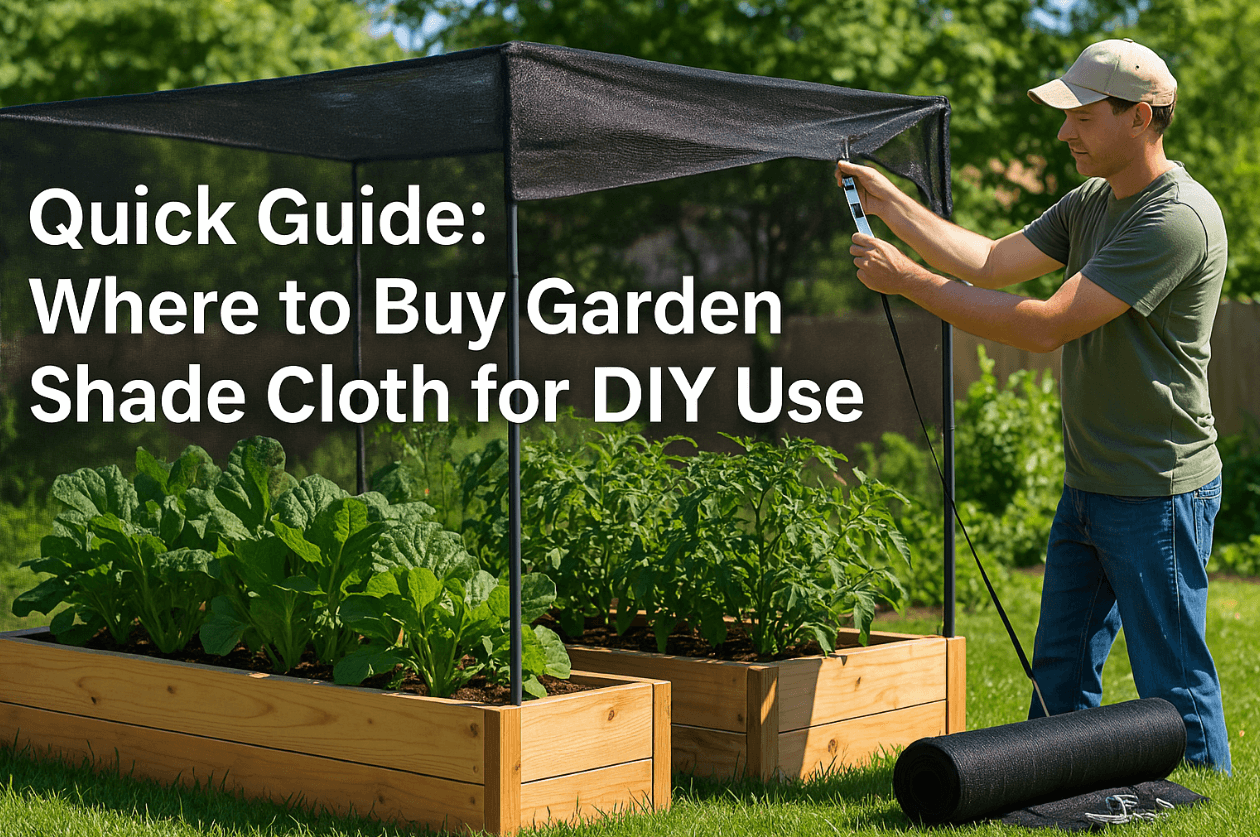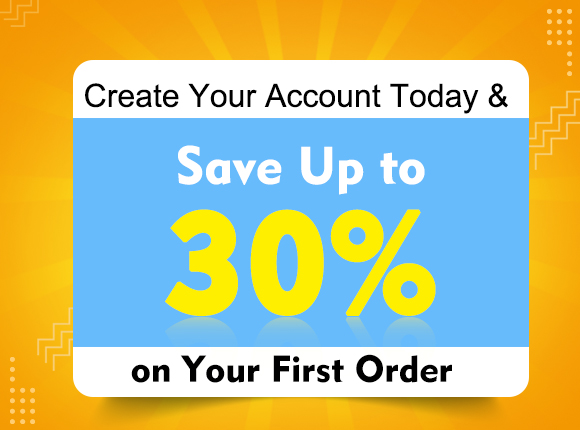Quick Guide: Where to Buy Garden Shade Cloth for DIY Use
Scorching afternoons are no longer the exception but the rule for many home gardeners. A simple stretch of shade cloth can drop leaf temperatures by up to 15 °F and keep lettuce or peppers growing through midsummer heat waves. Yet new DIY growers often get stuck on one basic question: where to buy garden shade cloth without overpaying or settling for flimsy fabric.
This quick guide answers that question step‑by‑step. You will learn how to match shade percentages to plants, compare local and online buying channels, and vet suppliers for quality and service. Along the way we’ll highlight cost‑saving tactics and the advantages of ordering factory‑direct from specialists such as Wellco Wholesale, a one‑stop source for gardening, farming, and light‑building materials in bulk or single rolls.

Understand Your Shade Cloth Needs
Determine Shade Percentage & Material
Before you shop, decide how much light reduction your crops need:
-
30 %–40 % for sun‑loving tomatoes, squash, and beans.
-
50 %–60 % for lettuce, herbs, and ornamentals in hot zones.
-
70 %–90 % for orchid houses or chicken runs.
A recent Texas A&M field test showed basil yields jumped 18 % under 50 % black knitted HDPE compared with open sun. Knitted high‑density polyethylene (HDPE) lasts about eight years outdoors, while aluminized cloth reflects heat but costs 10–15 % more per square foot.
Measure Your Space and Calculate Yardage
Grab a tape measure and note length × width, then multiply for area. Add 10 % extra for hems and tensioning hardware. For example, a 12 ft × 20 ft hoop house needs 240 sq ft; order at least 264 sq ft (≈ 34 linear ft of 8‑ft‑wide cloth) to avoid mid‑project shortages.
Compare Buying Channels
Local Garden Centers & Nurseries
Small projects benefit from face‑to‑face advice and the chance to feel fabric density. “May and early June see shade‑cloth sales triple compared with spring seedlings,” says Renee Torres, manager of GreenSprout Nursery in Sacramento. Expect prices around $1.20–$1.50 per sq ft and limited to common 40 % or 60 % ratings.
Big‑Box Home Improvement Stores
Home‑improvement chains carry pre‑cut panels with generous return windows—a plus for first‑timers. A 2024 retail survey by MarketTrack found the average panel cost 18 % higher than regional nurseries, and most stores stock only two shade percentages.
Online Marketplaces
Amazon, eBay, and similar platforms offer 24/7 shopping and thousands of reviews, but specifications can vary. Check that listings state UV‑stabilization hours (≥ 3,000), mesh weight, and warranty terms. If seller answers are vague, move on.
Specialty Wholesalers & Factory‑Direct (Wellco Wholesale)
For community gardens or anyone covering over 500 sq ft, specialty wholesalers shine. Wellco Wholesale ships full rolls or cut‑to‑length orders and can bundle snap clamps, ropes, and grommet kits on the same pallet. Bulk buyers report savings of up to 35 % compared with buying equivalent footage in panels.
Evaluating Supplier Credibility (E‑E‑A‑T in Action)
Check Certifications, UV Ratings & Warranty
Look for ISO 9001 manufacturing, ASTM G154 UV test data, or a minimum 5‑year warranty. Quality suppliers publish these on product pages or spec sheets.
Read Real‑World Reviews & Case Study of an Urban Farm
Brookside Urban Farm (name anonymized) installed 50 % knitted shade cloth over 2,000 sq ft of raised beds. Six‑month harvest logs showed a 20 % yield boost and reduced midday irrigation by one‑third. They credited prompt tech support from their wholesaler when adding tension wire.
Key Questions to Ask Before Purchasing
-
Can you supply sample swatches?
-
What is lead time on custom cuts?
-
Is hardware bundled or sold separately?
-
Do you offer post‑sale UV performance testing?
Cost‑Saving Tips for DIY Installers
Buying Bulk vs. Pre‑Cut Panels
The math: a 6.5 ft × 100 ft roll costs $120 wholesale (≈ $0.18/sq ft). Equivalent 6 ft × 15 ft panels at a big‑box store cost $25 each (≈ $0.28/sq ft). For any project over 430 sq ft, buying a roll beats panels—even after adding $20 for grommet tape.
Seasonal Sales & Off‑Season Stocking
Wholesale prices historically dip 10–15 % in January–February when demand is lowest. Set a reminder to stock up then and avoid midsummer markups.
Bundle Hardware & Tools
Snap clamps, UV cable ties, and polycarbonate fasteners run 8–12 % cheaper when ordered with shade cloth on a single invoice. Wellco Wholesale includes discounted bundle codes during spring promotions—ask for them.
Conclusion
Finding the right supplier is easier once you know the shade percentage your plants demand, the square footage you need, and the credibility markers that separate premium cloth from throw‑away netting. Local shops provide instant access for small jobs, while factory‑direct sources such as Wellco Wholesale deliver deep discounts and cut‑to‑length convenience for larger DIY builds.
Ready to keep your garden cool? Request a fast quote or place a bulk order with Wellco Wholesale today and let your plants thrive all summer.
Frequently Asked Questions
Q1: How long does HDPE shade cloth really last?
Well‑made knitted HDPE with UV stabilizers typically lasts 7–10 outdoor seasons before noticeable degradation.
Q2: Can I custom‑order cloth to fit my greenhouse frame?
Yes. Many wholesalers, including Wellco Wholesale, cut rolls to exact dimensions and sew reinforced hems on request.
Q3: Is black or green cloth hotter?
Heat‑retention differences are minor; focus instead on shade percentage. Aluminized silver cloth, however, reflects infra‑red better and lowers canopy temperature slightly more.
Q4: What hardware do I need for a hoop house install?
Common kits include snap clamps, stainless grommets, nylon cord, and turnbuckles for tensioning.
Q5: Do wholesalers ship to residential addresses?
Most do. Just ensure you can unload a freight pallet or request lift‑gate service for a small extra fee.

